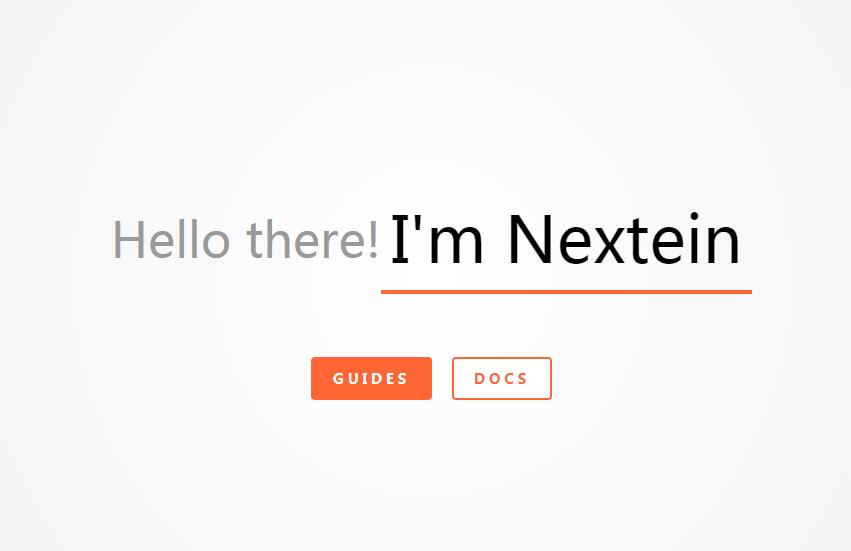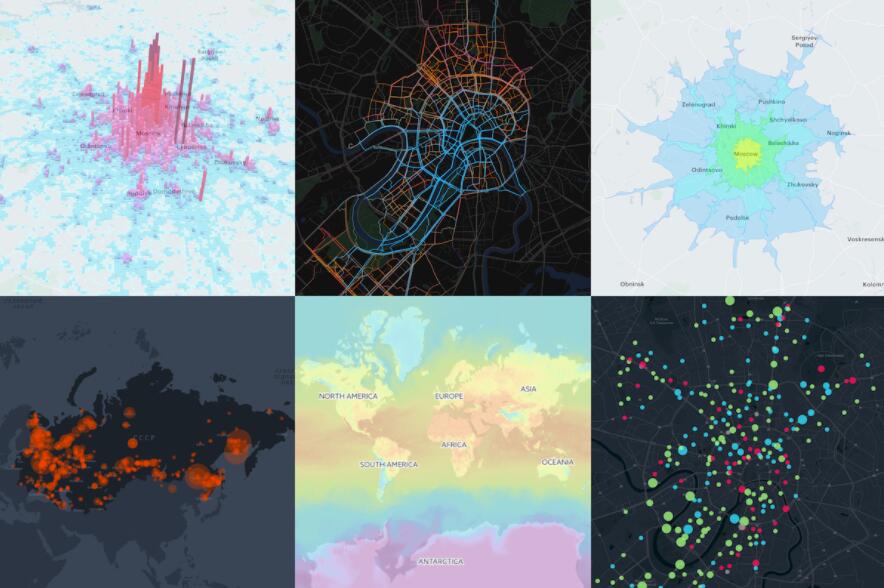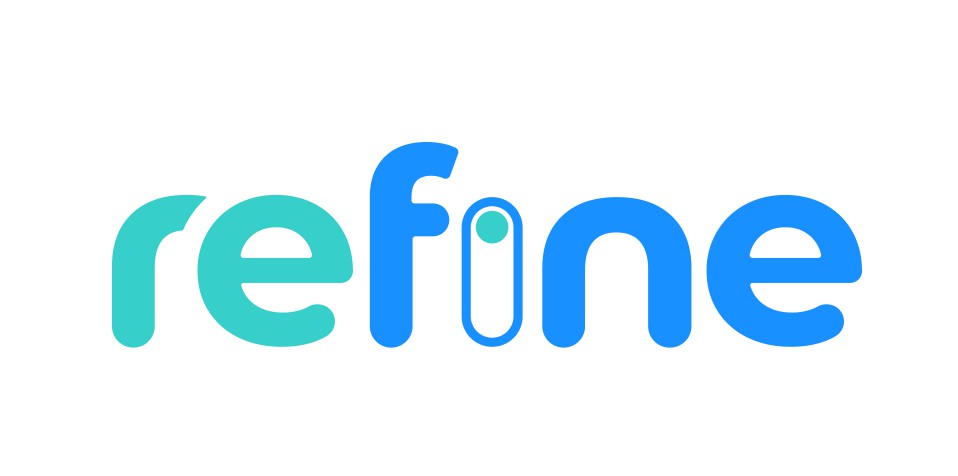React LDS
react-lds provides React components for the Salesforce Lightning Design System.
Installation
To install the stable version with npm, run:
npm install react-lds --save
Usage
react-lds exports components as modules. You can consume these via import in your own React components.
import React from 'react';
import { Badge } from 'react-lds';
const HelloWorld = props => (
<Badge theme="warning" label={props.message} />
);
Head over to the Storybook Docs to see a list of available components and their usage as well as interactive sample implementations of each component.
Context
In order to use ReactLDS, you will have to provide assetBasePath via the React Context.
import { Children, Component } from 'react';
import PropTypes from 'prop-types';
class AssetPathProvider extends Component {
getChildContext() {
return {
assetBasePath: '',
};
}
render() {
const { children } = this.props;
return Children.only(children);
}
}
Page.propTypes = {
children: PropTypes.node.isRequired,
};
Page.childContextTypes = {
assetBasePath: PropTypes.string,
};
Interactivity
Some components need a certain level of interactivity to be usable as React components. In order to achieve this, these components keep a minimal internal state and provide ways to hook into fired events:
<Datepicker /><Lookup /><DropDownMenu /><Modal /><PickList /><Tab />
Development
yarn install and yarn start. Add or modify stories in ./stories Happy hacking!
Developing while embedded into a react project
npm link in this folder. After you changed stuff, run npm build to update
the files inside the ./dist folder, because that's the entry point for
external react applications.
In your react app: npm link react-lds.
Publish
- Open a new pull request from
/release/{version} - Adjust version in
package.json - Write
CHANGELOG.md - Merge into master and add a new tag. Travis will do the rest





